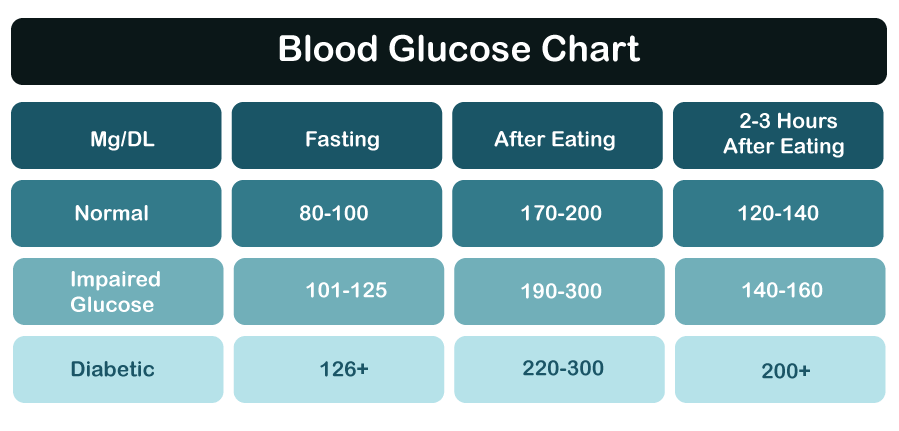Normal Blood Sugar Levels ChartNormal blood sugar levels chart is a crucial tool for monitoring and managing blood sugar levels in individuals. Blood sugar levels refer to the amount of glucose present in the blood. Glucose is a type of sugar that is the primary source of energy for the body's cells. When glucose levels in the blood are too high or too low, it can lead to serious health complications. Therefore, it is essential to maintain blood sugar levels within a normal range. 
The normal blood sugar levels chart provides a reference range for blood glucose levels, which can vary depending on various factors such as age, gender, health status, and time of day. The chart typically shows the target blood glucose levels for people with diabetes, as well as the normal range for non-diabetic individuals. Blood sugar levels are typically measured in milligrams per deciliter (mg/dL) or millimoles per liter (mmol/L). The normal range for blood sugar levels depends on whether the individual has fasted before the test. A fasting blood sugar test is typically done after at least eight hours of fasting, while a random blood sugar test can be done at any time of the day. Normal Blood Sugar Levels Chart for FastingThe normal range for fasting blood sugar levels is typically between 70-99 mg/dL (3.9-5.5 mmol/L) for non-diabetic individuals. However, the target range for people with diabetes may vary depending on the type of diabetes and individual health status. The American Diabetes Association recommends a target fasting blood sugar range of 80-130 mg/dL (4.4-7.2 mmol/L) for people with diabetes. The normal range for fasting blood sugar levels may vary depending on the age of the individual. For older adults, the target range may be slightly higher, as low blood sugar levels can increase the risk of falls and other health complications. The normal range for fasting blood sugar levels in older adults is typically between 70-110 mg/dL (3.9-6.1 mmol/L). Normal Blood Sugar Levels Chart for Non-FastingThe normal range for non-fasting blood sugar levels is typically between 70-140 mg/dL (3.9-7.8 mmol/L) for non-diabetic individuals. However, the target range for people with diabetes may vary depending on the type of diabetes and individual health status. The American Diabetes Association recommends a target non-fasting blood sugar range of less than 180 mg/dL (10.0 mmol/L) for people with diabetes. The normal range for non-fasting blood sugar levels may vary depending on the time of day. Blood sugar levels tend to be higher after meals, particularly high-carbohydrate meals. Therefore, the target range for postprandial (after-meal) blood sugar levels may be slightly higher than the fasting range. Normal Blood Sugar Levels Chart for Gestational DiabetesGestational diabetes is a type of diabetes that develops during pregnancy. It can lead to complications for both the mother and the baby if not managed properly. The normal blood sugar levels chart for gestational diabetes is slightly different from that of non-pregnant individuals. The target range for fasting blood sugar levels in pregnant women with gestational diabetes is typically between 60-95 mg/dL (3.3-5.3 mmol/L). The target range for non-fasting blood sugar levels is typically less than 140 mg/dL (7.8 mmol/L). It is essential to monitor blood sugar levels regularly during pregnancy, as gestational diabetes can increase the risk of complications such as pre-eclampsia, preterm labor, and delivery complications. Factors that Affect Blood Sugar LevelsBlood sugar levels can be affected by various factors, including diet, exercise, medications, and underlying health conditions. Therefore, it is essential to understand these factors and their impact on blood sugar levels to maintain healthy blood sugar levels.
Monitoring and Managing Blood Sugar LevelsRegular monitoring of blood sugar levels is essential for individuals with diabetes to prevent complications. It can also be helpful for individuals without diabetes to monitor their blood sugar levels to maintain good health. Several devices are available to monitor blood sugar levels, including glucose meters, continuous glucose monitoring (CGM) systems, and flash glucose monitoring systems. These devices can provide real-time data on blood sugar levels and help individuals adjust their diet, exercise, and medication regimens to maintain healthy blood sugar levels. Managing blood sugar levels involves a combination of diet, exercise, and medication management. The American Diabetes Association recommends a healthy diet consisting of whole grains, fruits, vegetables, lean proteins, and healthy fats. Regular physical activity, including both aerobic and strength training exercises, is also important for maintaining healthy blood sugar levels. Medication management may involve insulin injections or oral diabetes medications. It is essential to follow the prescribed dosage and timing of these medications to maintain healthy blood sugar levels. ConclusionIn conclusion, maintaining healthy blood sugar levels is essential for good health, particularly for individuals with diabetes. The normal blood sugar levels chart provides a reference range for blood glucose levels that can vary depending on various factors such as age, gender, health status, and time of day. Regular monitoring of blood sugar levels and a combination of diet, exercise, and medication management can help individuals maintain healthy blood sugar levels and prevent complications.
Next TopicBacteria Cell
|
 For Videos Join Our Youtube Channel: Join Now
For Videos Join Our Youtube Channel: Join Now
Feedback
- Send your Feedback to [email protected]
Help Others, Please Share










